
All categories
Featured selections
Trade Assurance
Buyer Central
Help Center
Get the app
Become a supplier

(6640 products available)








































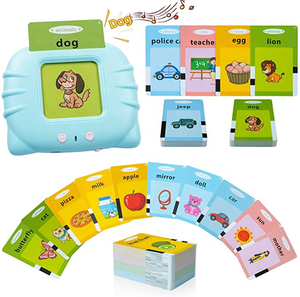

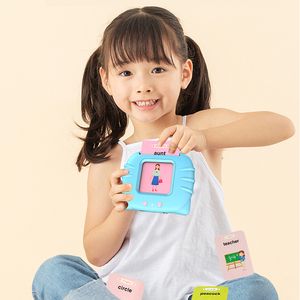
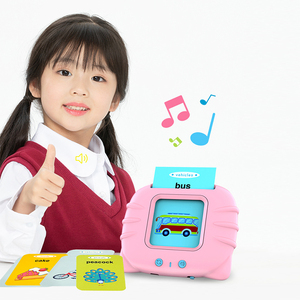
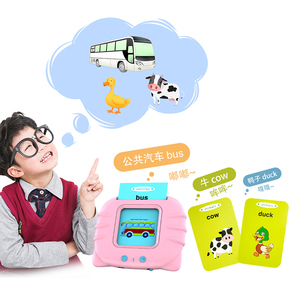
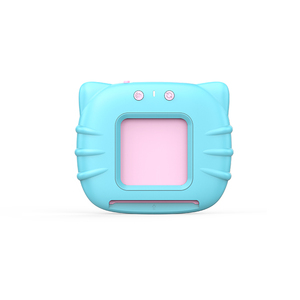
There are many types of toys for cognitive development that are suitable for children of various ages. Below are some of them:
Stacking and nesting toys
These are toys like cups, rings, or blocks that children can stack or nest in various ways. They assist in the development of hand-eye coordination, fine motor skills, and spatial awareness. Additionally, they teach concepts like size, shape, and balance. These toys are ideal for babies and young toddlers.
Puzzles
These toys come in various forms and complexities, such as shape sorters and jigsaw puzzles. They help in the enhancement of problem-solving abilities, hand-eye coordination, and fine motor skills. Furthermore, they boost spatial awareness and memory. Puzzles are appropriate for children of all ages depending on the type of puzzle.
Building blocks
These are toys like Lego sets, Duplo blocks, or wooden blocks. They promote creativity, imagination, and the development of basic math and engineering skills. Also, they enhance coordination and fine motor skills. Building blocks are suitable for children from infancy to older children.
Musical instruments
Simple instruments like shakers, drums, and xylophones are examples of cognitive development toys. They introduce children to rhythm, music, and sound differences. Furthermore, they promote motor skills, coordination, and social interaction. They are ideal for children of all ages.
Art and craft kits
These are toys like Play-Doh, Crayola kits, or watercolor sets. They encourage creativity and self-expression. Moreover, they introduce children to various art techniques and tools. They are suitable for children of all ages, depending on the complexity of the kit.
Outdoor toys
Examples of these toys are bikes, tricycles, and balance beams. They assist in the development of coordination, balance, and gross motor skills. They are ideal for children of all ages.
There are many factors to consider when choosing toys that promote cognitive growth. These toys need to be suitable for the child's age, safe, durable, and entertaining.
Age appropriateness
For cognitive development, toys of various age appropriateness are essential. Rattles, teething rings, and play gyms stimulate the senses of infants. Toys like stacking rings, shape sorters, and building blocks enhance motor skills and problem-solving abilities in toddlers. Preschoolers can benefit from puzzles, art supplies, and pretend play sets that boost language and creativity. Games with rules, such as board games and construction kits, challenge cognitive abilities in school-aged children.
Material and durability
When choosing cognitive development toys, material and durability are critical. Toys made of solid materials like wood or high-quality plastic can last long. They can endure rough play. Wood-based toys are eco-friendly. Soft materials used in plush toys are safe for infants to explore with their mouths. Non-toxic paint and finishes are mandatory for safety.
Entertainment value
Toys that entertain keep children busy for long hours, thus enhancing cognitive development. Such toys have bright colors, appealing designs, and sounds that attract the child's attention. The interest of children is captured by innovative and unique toys. Trendy toys, such as those based on popular TV shows or movies, can also be entertaining. This is because they are frequently played with by children and their peers.
Safety
Safety comes first when selecting toys. To avoid choking hazards, avoid toys with small parts for younger children. Sharp edges and irregularities that may cause injuries should also be avoided. The non-toxic materials used to make the toys are safe for children who explore the toys with their mouths. The toy should also have no loose parts that can be easily detached and swallowed.
Cognitive toys are intentionally designed to facilitate learning experiences that contribute to healthy cognitive development. They are made with features that are essential for the growth and development of a child's brain. These toys are developed to be safe for children to use. They are made of non-toxic materials that do not pose any harm when put in the mouth.
The primary purpose of these toys is to help children in their early stages of life develop problem-solving skills that will be useful even in their adult life. These toys also enhance memory, imagination, and creativity. They also help in the development of fine and gross motor skills. Toys like building blocks and puzzles require the use of hands, thus helping in the development of hand-eye coordination. Such toys also require physical movement, which promotes overall body strength and coordination.
In addition to this, cognitive development toys also promote social skills among children. Toys like dolls can be used for role-playing, which teaches empathy and communication. Such toys can also be played by more than one person, thus promoting teamwork and cooperation. These toys are versatile and can be used in different ways, thus growing with the child. For instance, a simple ball can be kicked, thrown, or bounced, and as the child grows, they find new ways of playing with it.
The design of these toys is based on the principle of active learning, where children are encouraged to explore and interact with the toy to discover new things. This principle helps these toys to be engaging and fun. These toys also come with additional features that make them more interesting. For instance, some toys have lights and music that make them more appealing to young children.
These toys are also made to be educational, where the child learns a particular skill while playing with the toy. Educational toys are designed to be age-appropriate, where the manufacturer indicates the appropriate age on the packaging. This ensures the child gets the right toy for their level of understanding. Moreover, these toys are developed after thorough research and studies that indicate what is right for a child's cognitive development.
Cognitive development toys are designed with several safety features to ensure that they are safe for children to use. Here are some common safety features:
Non-toxic Materials
The toys are usually fabricated from materials that are not only long-lasting but also safe for children to use.
Choking hazard prevention
Normally, small parts are either eliminated or made bigger to prevent any chances of falling short of the required safety standards for young children.
Rounded edges and smooth surfaces
This reduces the risk of cuts and injuries.
Durability
The toys are normally long-lasting and can endure breakage. This prevents sharp edges and small pieces from becoming a hazard.
Secure construction
The components of the toys are securely attached. This prevents any parts from becoming loose and posing a risk to children.
When evaluating the quality of cognitive development toys, several key features should be considered to ensure they are effective, safe, and durable. Here are some important quality features:
Educational Value
The toys should promote cognitive development by supporting problem-solving, critical thinking, and creativity skills. For instance, puzzles, building blocks, and cause-and-effect toys can be instrumental in fostering these abilities.
Age Appropriateness
The toys should be suitable for the intended age range. This should be accompanied by easy-to-understand instructions that enhance the chances of successful use.
Durability
The toys should be fabricated from long-lasting materials that can endure regular use without breaking or becoming damaged.
Safety
The toys should meet safety standards and should not contain any sharp edges, small parts (for younger children), or toxic materials. The safety certifications should be looked for, such as ASTM (American Society for Testing and Materials) or EN71 (European Standard for Toy Safety).
Q1: What are the benefits of cognitive development toys?
A1: Cognitive development toys enhance memory, problem-solving skills, and reasoning ability. These toys are puzzles, building sets, and memory games. Kids play with them to challenge their minds and think critically.
Q2: How do cognitive development toys benefit children?
A2: Toys for cognitive development engage children in activities that promote thinking and learning. Such toys stimulate a child's imagination, encourage exploration, and improve communication skills.
Q3: What should one consider when choosing toys for cognitive development?
A3: When choosing toys for cognitive development, consider the child's age, interests, and developmental stage. Also, look at the toy's quality, durability, and safety features. More importantly, ensure the toy is fun and enjoyable.
Q4: Are cognitive development toys suitable for all ages?
A4: Cognitive development toys are beneficial for all ages. Manufacturers design these toys to suit different age groups, from infants to adults.
Q5: How to use cognitive development toys effectively?
Q5: Using cognitive development toys effectively involves incorporating them into daily activities, creating a dedicated play space, and allowing open-ended exploration.